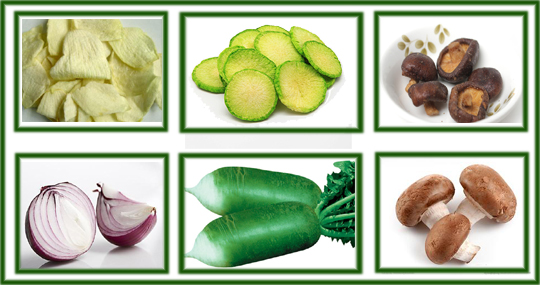Industrial freezers in Food preservation Application
Industrial freezers remove heat from the surface of a food as rapidly as possible. There are several types of industrial freezers, including air-blast tunnel freezers, fluidized-bed freezers, plate freezers, and cryogenic freezers.
In air-blast tunnel freezers, precooled air at approximately −40 °C is blown over the food products. Packaged foods, such as fruits, vegetables, bakery goods, poultry, meats, and prepared meals, are usually frozen in air-blast tunnels. The packages are placed onto dollies or hand trucks and then rolled into the freezer tunnels. In a belt freezer, food is placed on a conveyor belt that moves through a freezing zone. Bakery goods, chicken parts, and meat patties are frozen using a belt freezer.
Fluidized-bed freezers are used to freeze particulate foods such as peas, cut corn, diced carrots, and strawberries. The foods are placed on a mesh conveyor belt and moved through a freezing zone in which cold air is directed upward through the mesh belt and the food particulates begin to tumble and float. This tumbling exposes all sides of the food to the cold air and minimizes the resistance to heat transfer at the surface of the food.
Plate freezers are used to freeze flat products, such as pastries, fish fillets, and beef patties, as well as irregular-shaped vegetables that are packaged in brick-shaped containers, such as asparagus, cauliflower, spinach, and broccoli. The food is firmly pressed between metal plates that are cooled to subfreezing temperatures by internally circulating refrigerants.
Cryogenic freezing is used to freeze food at an extremely fast rate. The food is moved through a spray of liquid nitrogen or directly immersed in liquid nitrogen. The liquid nitrogen boils around the food at a temperature of −196 °C (−321 °F) and extracts a large amount of heat.


